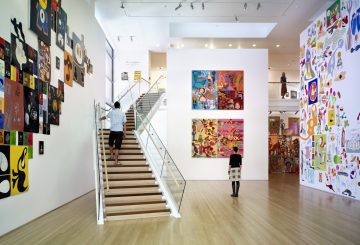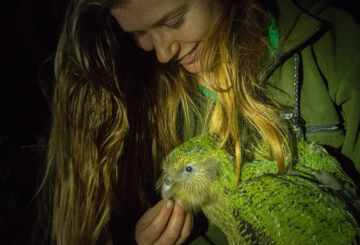The New Zealand film, Ka Whawhai Tonu, is set to premiere in Hamilton on Monday night. The event is expected to be the largest premiere screening in the region, with over 1200 guests attending. The film, which was shot and set in the same region, is a celebration of the area.
Ka Whawhai Tonu, directed by Michael Jonathan, is set in 1864 and tells the story of the significant Battle of O-Rākau during the New Zealand Wars in the Waikato region. The film portrays the intense battle between Māori and colonial forces through the perspective of two young teenagers who are forced to take control of their fate amidst the chaos of the battle.
Cast members attending the premiere include Temuera Morrison, Cliff Curtis, Miriama Smith, and newcomers Paku Fernandez and Hinerangi Harawira-Nicholas. Descendants of the survivors of the Battle of O-Rākau will also be present at the event.
Temuera Morrison, who stars as the Ngāti Maniapoto leader Rewi Maniapoto, stated that Ka Whawhai Tonu will be a treasure for the country and future generations. He expressed his excitement for the film’s launch in Kirikiriroa and its subsequent celebration during the Māori New Year of Matariki.
Producer Piripi Curtis also expressed his honor in premiering the film in Kirikiriroa, noting the deep connection between the film’s setting and the region.
In April, over 1000 people participated in the 160th commemorations at the site of the battle. A bill that proposes the return of the site to the local iwi is currently being reviewed by Parliament.
The film will be released in cinemas nationwide from Thursday, 27 June, during the Matariki weekend.




























































